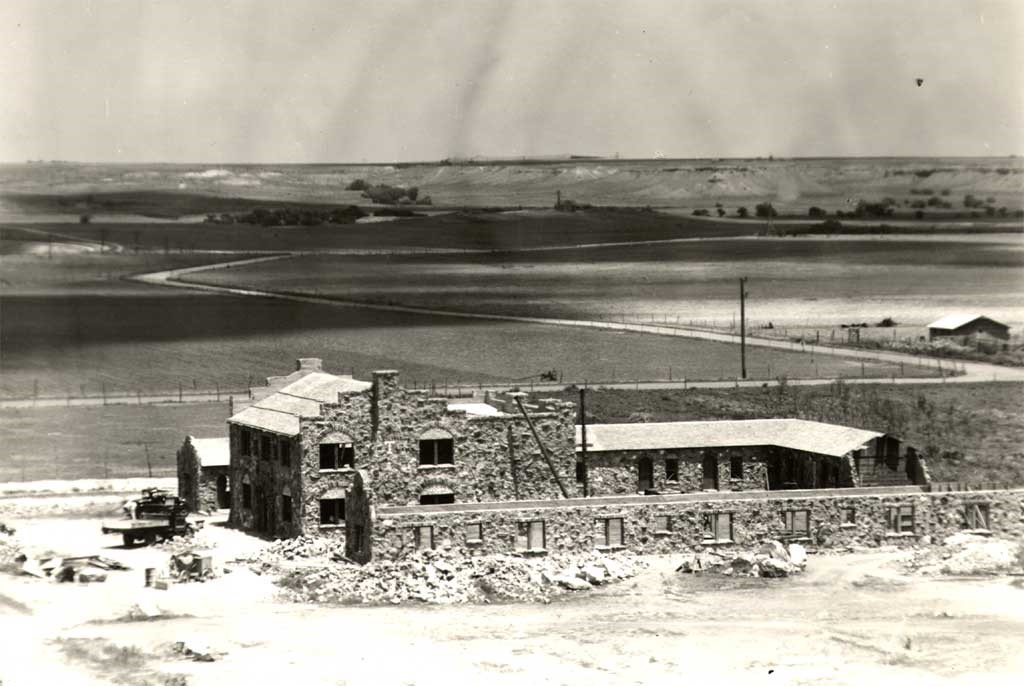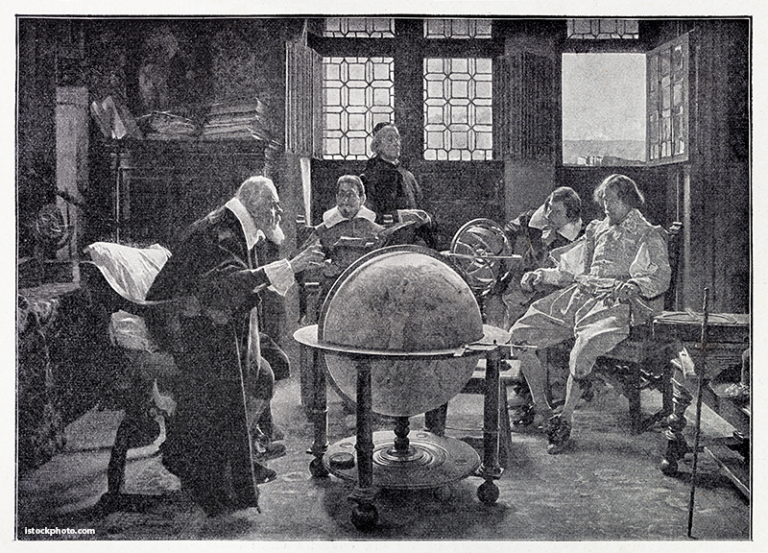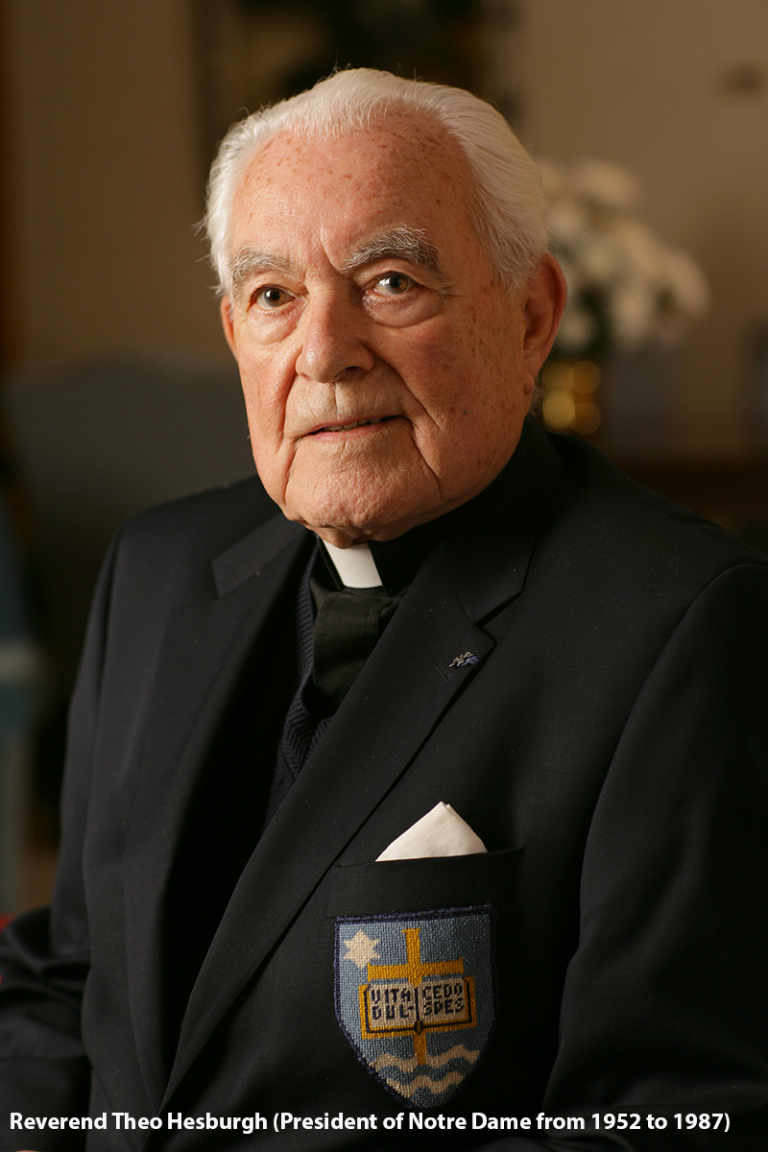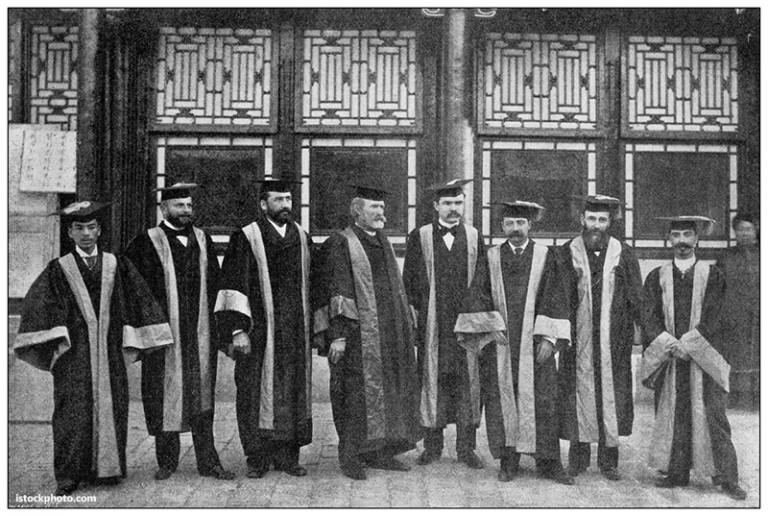
Buff Courts under construction WT Archives
Campuses are places.
The idea of a campus, and its nature, is central to what a university is. “In a letter Charles C. Beatty (Graduated 1775) wrote to his brother-in-law Enoch Green (Graduated 1760) on January 31, 1774: “Last week to show our patriotism, we gathered all the steward’s winter store of tea, and having made a fire in the Campus, we there burnt near a dozen pounds, tolled the bell and made many spirited resolves.” John Witherspoon, a Presbyterian minister, signer of the Declaration of Independence and Princeton President was there. The event helped establish a place. The periphery of what makes a campus important — the classrooms, laboratories, lecture halls, performance venues, playing fields — is focused around an idea. That idea must have expression in a place.
West Texas A&M University is simultaneously engaged in two planning processes. First, we are looking at ideas and strategies that will create distinctiveness and value for the people of Canyon, Amarillo, and the extended Panhandle of Texas, and most importantly, our students. Our target is the year 2035 when we will celebrate our 125th anniversary, which is generational plan called WT 125. Second, we are working to define an environment and campus that will support our aspirations and service, which is our Campus Master Plan.
These are challenging exercises. Hundreds of people are providing insight and ideas to both of these interlocked efforts. I would like to reflect briefly on the physical planning, our Campus Master Plan. Four key precepts will give shape to our campus in the future.
Our campus must be distinctive, and tied to the Panhandle region. I believe that being responsive to the geography, values, beliefs and passions of the people of the Panhandle will accomplish our goal of distinctiveness. The buildings we build, the outdoor places of the campus, and the functionality of our facilities are in response to aspirations, ethics, morals, and the nature of our students, their families, our faculty and staff. One way to define location is latitude and longitude. My cell phone tells me the flagpoles in front of Old Main are located at Latitude N 34 degrees 58.90326’ and Longitude W 101 degrees 54.96373”. Astrophysics, about which I know little, tells me this place is unique in the universe. However, place is property and properly painted by people and culture. When planners respond to this simple concept we will create a place that will be attractive to ourselves; those who call the Panhandle home. Beyond that, it will be attractive to others because that expression of distinctiveness is always enviable. It is the difference between a pair of boots bought off the shelf and a pair made specifically for an individual. It is about goodness of fit, and our plan must have it.
Our campus is an extension of Canyon, and Canyon is an extension of our campus. If either ignores the other, the marriage fails. Our responsiveness to our local community, our host and partner, creates vitality and value for both. The University Economic Development Association suggests that institutional engagement with partners and stakeholders creates sustainable growth and extends the value of both the campus and the community. This can happen in many ways. An engineering discovery, a theatrical performance or debate, the library, a football stadium — all create economic value, which grows when the University is integrated into the community. Our plan must reflect this principle.
Our campus should be a place that provides the opportunity for reverence. Typically, we think of reverence related to matters of faith. This is, as it is. Campuses have in close proximity faith-based organizations, and many universities have places of worship that support people of faith, such as Hill Memorial Chapel on WT’s campus. While this form of reverence is paramount, I met a man who proposed to his wife at Kimbrough Stadium. Understandably, this makes Kimbrough a place of reverence for this man and woman. As I pass through parts of Texas A&M University, my alma mater (nourishing mother), I am moved to tears when thinking about the impact “this or that place or event” had on my personal spiritual and intellectual development. A well-planned campus provides manifold opportunities for such remembrances — reverences I say — and our campus plan must provide that.
Our campus should be emblematic of Texas. Our place in the state of Texas, in the Panhandle, provides geographic, cultural and climatic distinctiveness. But, stopping there stops short. We are Texans. Appreciating this should help define the nature of our physical campus. The openness, entrepreneurism, self-assurance, toughness, tenacity, are resident and critical for this place we call WT. Through these various lenses the buildings we build, their organization, and the places in between, provide personal perspective, lines of sight. T.S. Eliot wrote, “We shall not cease from exploration, and the end of all our exploring will be to arrive where we started and know the place for the first time.” This is Texas. This is WT, and our plan should powerfully reinforce a sense of place. WT needs to be a place of ideas.
These four precepts may seem a lofty means to guide the locating of electric lines, classrooms, theaters, courtyards, quads, agricultural centers, parking spaces, stadiums, and walking or cycling paths. However, without them there is no vision. With no vision, a campus becomes a group of buildings connected by sewer lines and steam tunnels.
Who we are is determined, to a great extent, by where we live.
Places create culture. WT is Texas, and as Abraham Lincoln quipped, “I like to see a man proud of the place in which he lives. I like to see a man live so that his place will be proud of him.”
This will be WT.







